What would it feel like if you could chat with your prospects here and now from this article – or better yet, a third-party article on your product or service? No sitting around waiting for intent signals. No banner ads with pesky redirects.
Well, it’s here – and not only is it the future of selling in saas, but sales teams are using it today to engage with prospects in the earliest stages of the dark funnel.
The dark funnel explained: Did you know 75% of buyers are already halfway through their buying journey before they even speak to a salesperson? At that point, they’ve already completed their pre-purchase process – checked reviews, browsed comparison sites, and perused articles on third-party sites – before even reaching your site. In other words, all of these activities have occurred anonymously in what marketers have coined the “Dark Funnel.”
In fact, you can experience what it’s like to engage in the dark funnel simply by clicking the widget below.
Okay… but what is the dark funnel exactly?
It’s the touchpoints a buyer experiences before they are tagged and identified in any marketing stack – whether through self-identification, or traditional methods like downloading a whitepaper, form fills or cookies.
The problem lies in that the digitization of the sales environment has marketers falsely believing that they can accurately track a customer’s journey. The reality? Much of the customer journey happens offline and when activities occur online, they rarely follow a linear path. Instead, the modern consumer meanders along a path that bends and twists, leaving sales teams/marketers “in the dark” on intent.

So, why isn’t intent data enough?
Intent data isn’t a lead, nor are most intent signals actionable for sales/marketing teams. Often, intent data comes in at the account level and not the contact level, making it challenging to action. In other words, intent data lets you know that someone at a particular company is possibly interested but isn’t detailed enough to identify who to reach out to.
On the flip side, if a salesperson can discover who the contact is, they can reach out quickly. In a world where speed to lead is everything, intent decays almost instantly. The chance of the user biting on an email cadence, picking up calls, or clicking on retargeting ads diminishes every minute that a salesperson is not in contact.
Most marketers believe a form fill on a website indicates the highest moment of intent. This does not appear to be true with recent research.
A study on 2000 B2B companies found that on average: it takes a sales rep 42 hours to contact a new lead, of which 38% will never respond. Additionally, 4.3 days go by before the first meeting ever takes place. In the simplest terms, timing is everything, and the longer you wait on opportunities, the fewer responses you will receive.
In the modern-day age, convenience and quick response times are everything. Studies show when businesses respond in under five minutes, they are 100x more likely to connect and convert opportunities.
Imagine this process:
- Zero seconds: A prospect asks to chat on an article, review site, or 3rd party blog post.
- 3 seconds later: The prospect selects whether they’d like to talk now or schedule a call
- 1 second later: The prospect chooses to talk now
- 6 seconds later: The prospect is chatting with a BDR or SDR
This all occurs in 10 seconds, and the prospect hasn’t even reached a company’s website.
Buyer intent is highest at the beginning of the buying journey while solutions to the buyer’s problem are explored. If a prospect actively researches, discusses, and evaluates a company, they clearly express interest. At this point, many intent signals are collected by data aggregators to re-sell for marketing purposes. Naturally, consumers’ intent to buy decays as they move throughout their buying journey. When an intent signal is received and the prospect books a meeting/demo, leads are lost. It costs time, money, and resources to rumble over prospects with your competitors.

The dark funnel is where the most advantageous opportunities can be won – where you can curate your brand and dominate sectors, all while creating demand.
Sitting around waiting for intent signals is a passive approach. Actively engaging with prospects in real-time when they need you is much more effective. You are there first. Meet their needs, and they won’t compare you to anybody. Once ready to buy, they will simply choose you.
And don’t we all want to be chosen?
The Helium platform provides sales/marketing teams direct real-time access to chat with prospects on articles, review sites, and any third-party site whereby your company is mentioned. An entirely new channel, Helium lifts the veil on the dark funnel by creating new actionable touchpoints earlier in the buyer’s journey.
Many mar-tech strategies have been created to uncover vital consumer information (intent data) within the dark funnel. However, these approaches still follow a linear sales/marketing funnel that doesn’t exist. This limits the ability to adapt to present-day buyer behavior. Buyers don’t want to complete forms, receive numerous email cadences or wait two weeks to speak to a sales rep. Simply put, they want to ask a quick question to qualify or disqualify a potential solution.
Helium creates a direct line for organizations to engage in chat with prospects using new touchpoints in the dark funnel. During a prospect’s highest intent moments, sales reps are able to answer questions and book meetings immediately.
The result?
- Beating competitors to prospects
- Accelerating your sales cycle
- Increasing conversion
- Expanding your audience
- Being the primary source of education for your prospects
While Helium does not eliminate a traditional lead gen workflow, it creates an accelerated path for prospects to progress through the funnel. If you are able to activate direct engagement in conversation, traditional marketing funnels and intent data can be bypassed.
So, curious to learn more about how to engage with your prospects from third-party content? Click the button below now and experience the magic for yourself.


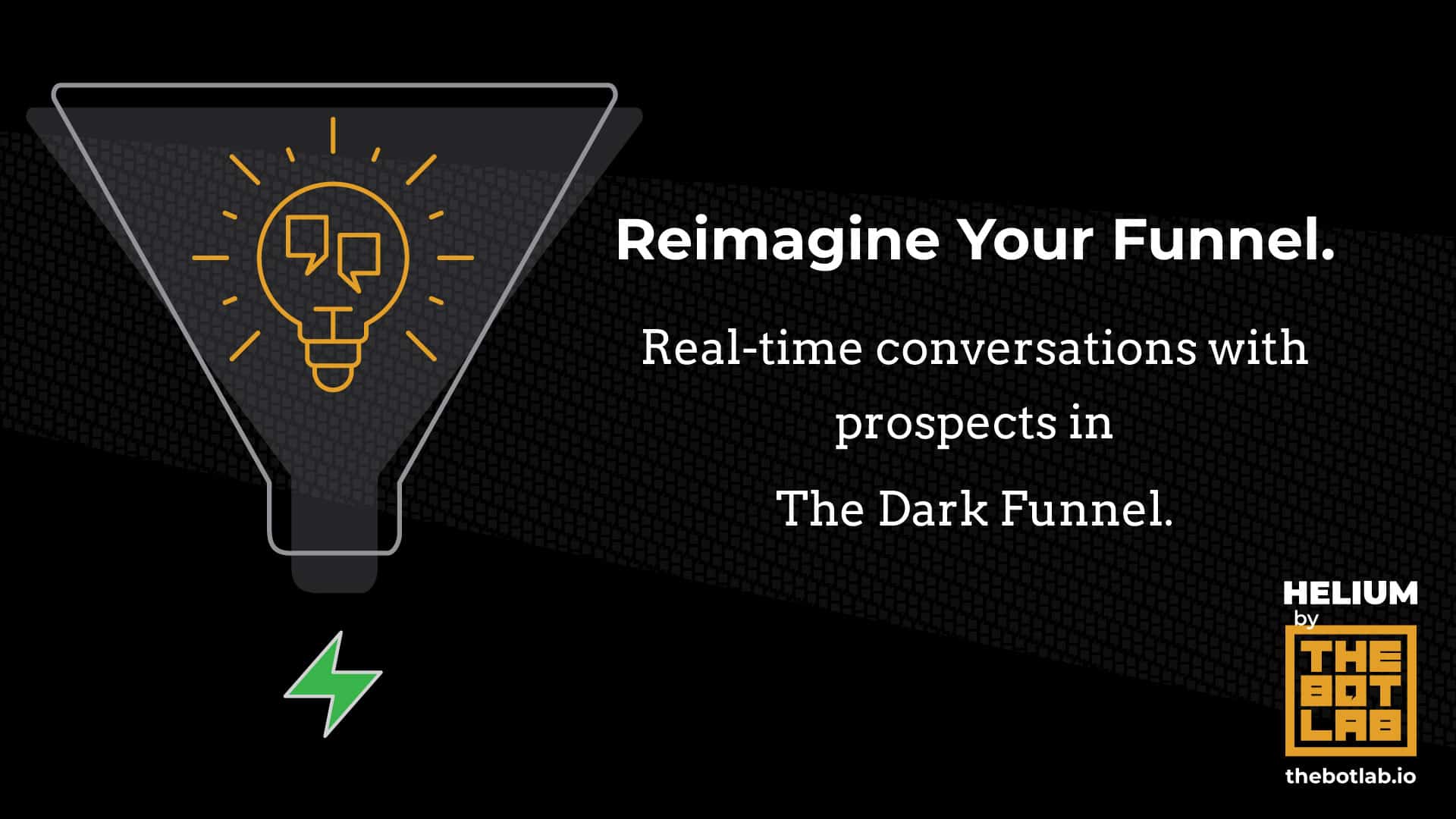



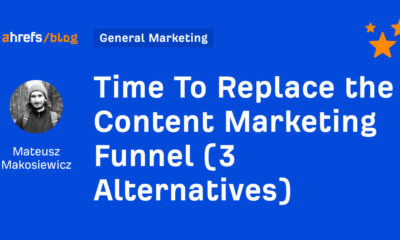

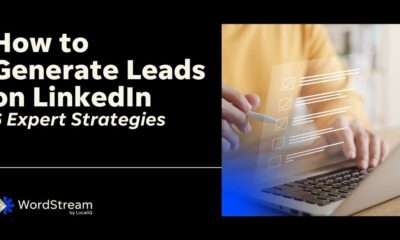

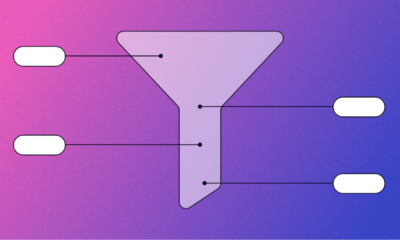

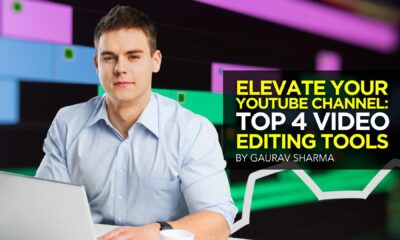



























You must be logged in to post a comment Login